![[WEBINAR] Animal Tracking: The Future of Wildlife Telemetry is Coming](https://www.argos-system.org/wp-content/uploads/2022/02/WEBINAR-Argos-animal-tracking.jpg)
Oct 15, 2020 | Birds, Fish, Land Animals, Marine Animals, News, Wildlife Monitoring
Since 1978, the Argos Data Collection System has served the international wildlife community. With the Kinéis constellation carrying onboard Argos-4 instruments, the metamorphosis of ARGOS is coming. Join us to learn about the future of wildlife telemetry! Agenda...
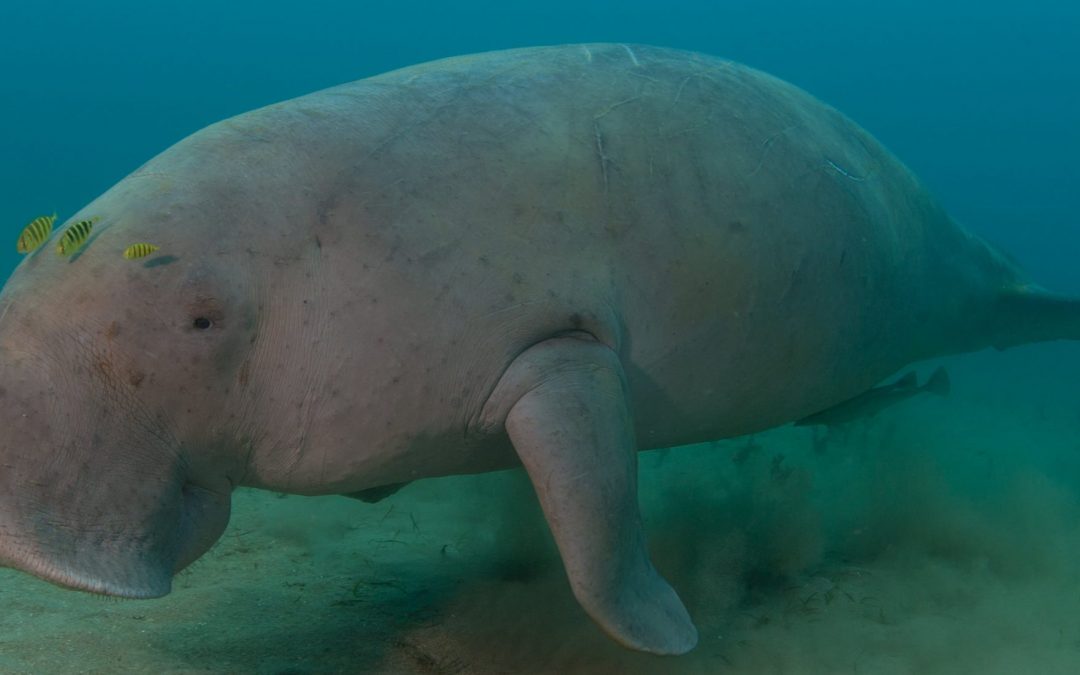
Oct 8, 2020 | Marine Animals, News, Wildlife Monitoring
Dugongs are vulnerable herbivorous marine mammals living in tropical and subtropical coastal waters, including in coral reef lagoons. Their behaviour there is however little known. Argos enabled to track them in such environments around New Caledonia. Only surviving...
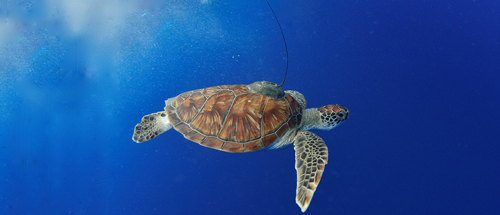
Aug 31, 2020 | Marine Animals, News, Wildlife Monitoring
Tracking the behaviour of a large number of juvenile green turtles in contrasting environments using satellite telemetry enables to show behavioural differences across individuals. The green turtle (Chelonia mydas) is one of the seven species of sea turtles (with also...
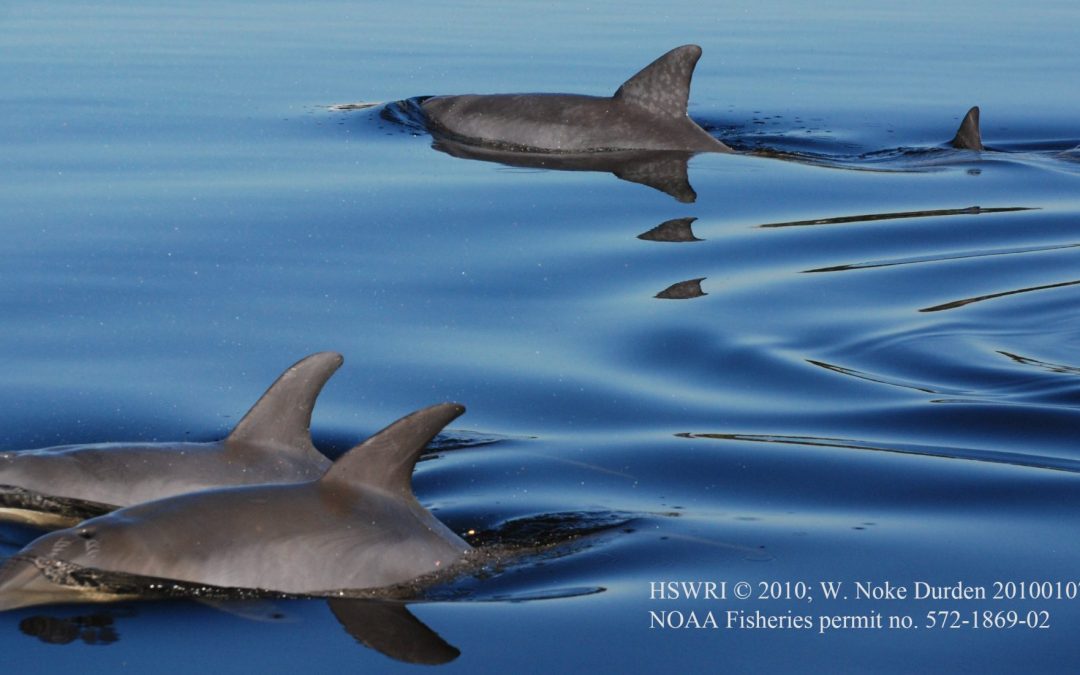
Aug 3, 2020 | Marine Animals, News, Wildlife Monitoring
Dolphins do have a nightlife, but visual observation techniques cannot fully capture this. Also, coastal populations of dolphins sometimes occupy complex, labyrinthine habitats. Here too line-of-sight techniques fall short. Satellite telemetry doesn’t distinguish...
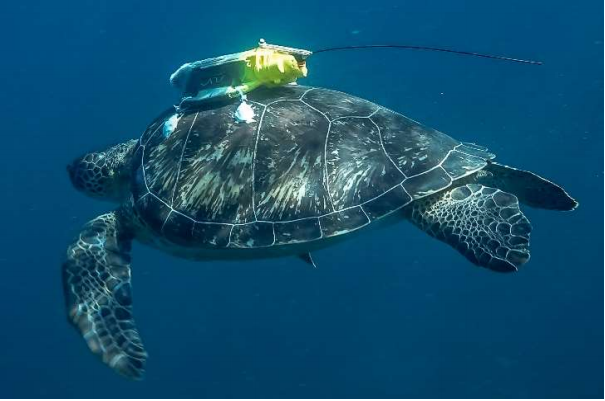
Jul 10, 2020 | Marine Animals, News, Wildlife Monitoring
An essential part of animal conservation is knowing and understanding their behavior. More than 500 turtles are tracked every month with Argos so that scientists can identify feeding and nesting areas as well as understand their migratory patterns. We know where sea...
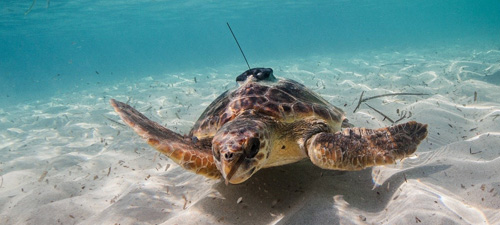
Jul 6, 2020 | Marine Animals, News, Oceanography, Meteorology, Hydrology, Climatology, Wildlife Monitoring
Data collected on animals by Argos satellite telemetry can be provided to physical oceanography, to fill in a number of gaps in the ocean observing systems. A study details how animal-born instrumentation can complement the Argo automated profiling float array....





